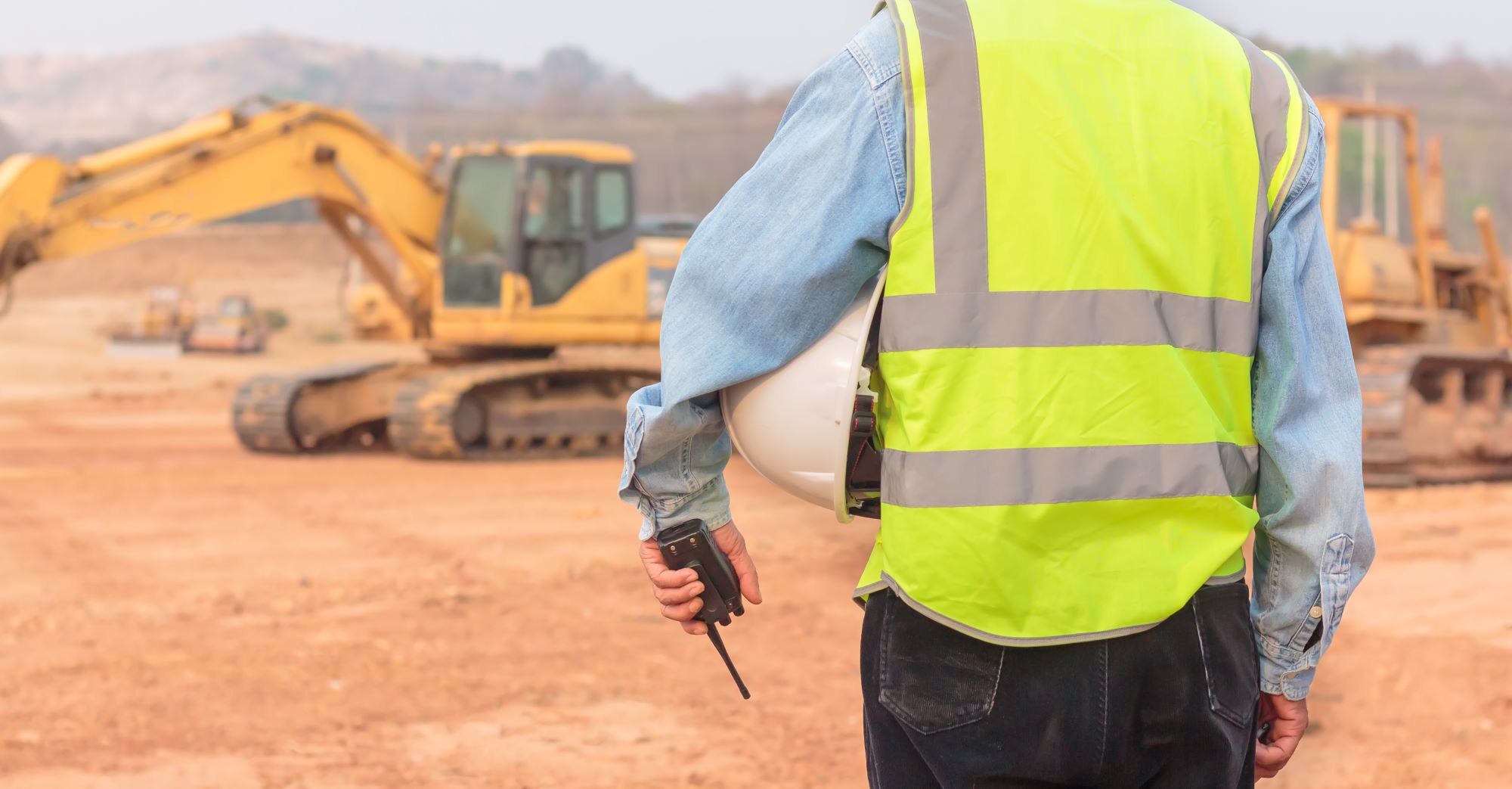Construction projects always come with countless risks. After all, being surrounded by massive equipment and heavy materials is already a recipe for disaster. When mishandled, their risk factors get pushed to the next level. Even excavating the site is already dangerous.
Considering it’s a preliminary for many construction projects to start with, excavation work involves grueling work. Because despite how simple it seems on the surface, excavation isn’t limited to digging up some dirt. What makes it so risky is how it affects the surface grade and material stability until the earth surrounding the excavation site collapses.
Harming workers or damaging high-quality equipment from nzmachinehire and other reputable manufacturers is the last thing anyone wants to happen. But working at a construction site can’t remove these risks. However, there are ways to lower the chances of them happening.
Here are some tips to secure safety and efficiency while handling excavation work:

1. Gear Up
Working at a construction site means danger lurks around every corner, whether from nearby heavy equipment or transporting massive materials. Aside from how some materials are a safety hazard by being harmful to breathe in, excavation on a site will kick up clouds of dirt.
Even though finding comfort in construction work is difficult, one must not sacrifice safety. Otherwise, the workflow will suffer a heavy blow. Fortunately, you can use personal protective equipment (PPE) for safety. Boots and hand gloves in this category are meant to withstand extreme temperatures and stress. With a helmet, a pair of goggles, and a mask, the chance of flying particles entering your body could drop to zero.
2. Visualize Underground Facilities
For construction projects to have integrity, excavating the area to set down a foundation is essential. However, many locations had underground facilities running before the project started, from electric cables to sewage pipes. By disregarding them and proceeding with the excavation, you’re likely to land yourself with a lawsuit that could cost you a great deal of money. Hence, extensive research must be done on the site before anything else.
3. Inspect The Area
Aside from getting up to speed with underground facilities, be diligent when examining what goes on at the surface. Be conscious of areas close to collapsing to expertly maneuver your equipment and materials around. Clear the site consistently throughout the excavation to avoid missing details and make moving around easier.
4. Set A Boundary
Once you have a detailed layout of the site on the surface and underground, mark the area where it’s safe to dig. Identify the zone of influence to pinpoint where you can excavate. The zone of influence is the surface surrounding the excavation site that could collapse when any load stays on it.
Typically, the zone of influence is determined by the distance from a pre-existing structure. Since some areas already have foundations built into the soil, excavating nearby could compromise the building’s integrity. When you’ve found solid ground, mark the area as safe for excavation. Build a fence around it instead of painting the ground to make it more visible to everyone, even from afar.
5. Decide On A Support System
The deeper the excavation is, the more likely the soil will collapse posing a safety concern. Although there’s a boundary in place, how you excavate the soil determines whether or not it’ll collapse. Instead of only digging randomly, consider using different support systems when excavating, namely battering, benching, shielding, and shoring.
Battering is accomplished by digging at an angle to create a safe slope. Benching involves a series of steps to reduce wall height and maximize stability. Shielding offers the most security since trench shields and boxes are installed in the gaps to prevent collapse while protecting workers inside. Meanwhile, shoring is only used when the entire site is extremely unstable.
6. Rely On Data
Avoid straying from the information you’ve gathered about the excavation site. Because considering how many facilities are underground, only relying on assumptions would risk their safety and do more harm than good, especially for massive environmental projects. When excavating deeper than planned, perform test pits to collect more depth data and determine whether or not there are more underground facilities.
7. Practice Transparency
Construction projects are rarely one-person jobs. Otherwise, it’ll take a long time to finish them. Since multiple people are involved, communication must be consistent. Inform everyone of what’s supposed to happen at the project step-by-step. Keep everyone on the team posted when changes occur. That way, accidents and misunderstandings could be avoided.
Takeaway
Since it’s typically a preliminary project for most construction sites, excavation is a delicate and challenging stage. Because it’s underground work, many factors could impact different facilities. However, being conscious of the site layout and implementing the right practices will lower the chance of any problems arising.

